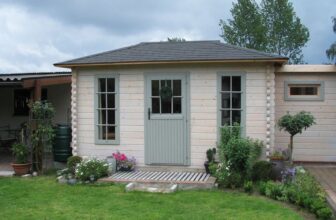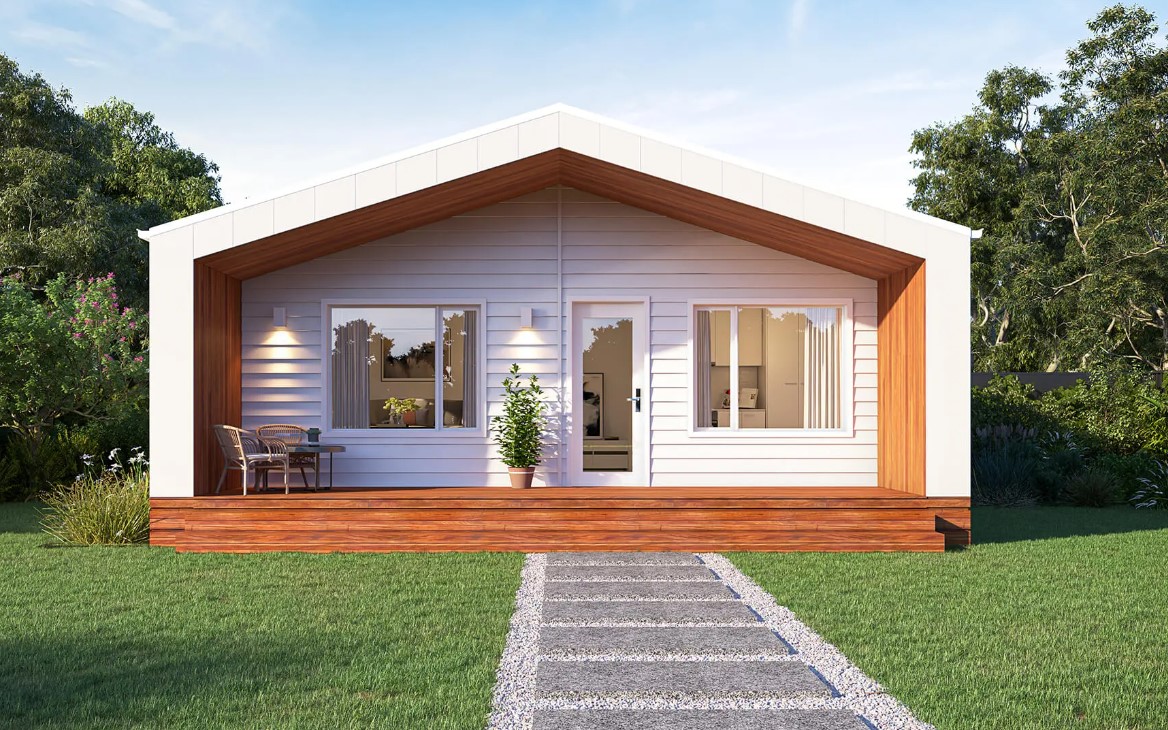
When it comes to alternative housing, the debate between modular homes and container homes is heating up. Both options offer unique benefits and can be more affordable compared to traditional house building.
Modular homes are factory-built in sections and then assembled on-site, offering a faster construction timeline and consistent quality. On the other hand, shipping container homes repurpose used shipping containers into living spaces, celebrated for their durability and potential for sustainability.
However, potential homeowners often ponder which option is more cost-effective in the long run. Factors such as design complexity, initial costs, and the extent of required modifications can significantly influence the overall affordability of each type.
For those considering these innovative housing solutions, understanding the nuances of each can be crucial, and consulting with a modular home builder can provide detailed insights and options.
Table of Contents
Understanding Modular and Container Homes
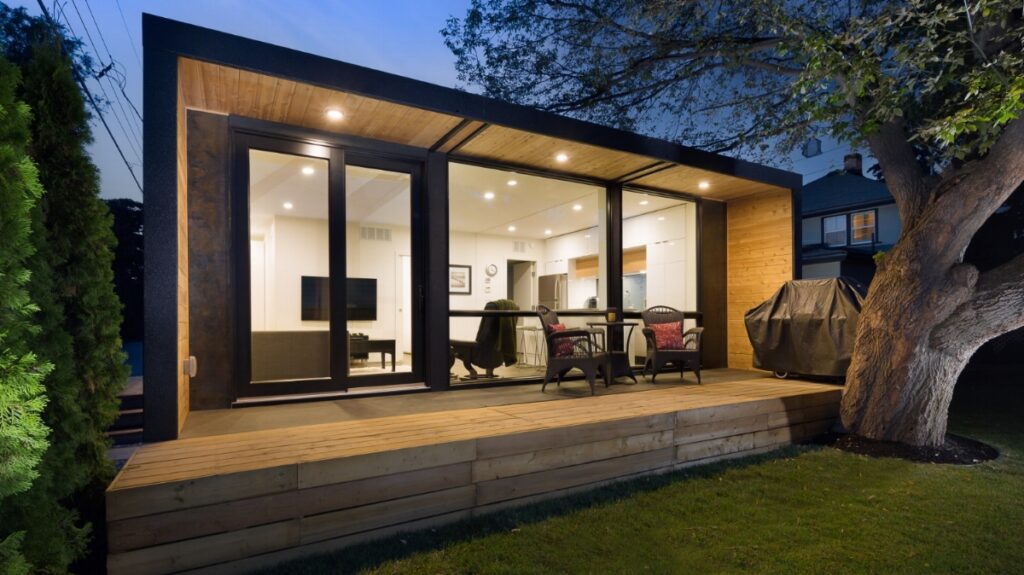
Source: ghraet-ass.raisoni.net
Now that we have a basic overview of what defines modular and container homes, let’s delve deeper into the specifics starting with modular homes to understand why they might be the preferred option for some home builders.
What are Modular Homes?
Modular homes are prefabricated structures built in a factory setting. These homes are constructed in sections or modules, which are then transported to the building site to be assembled. This method allows for quicker construction times and less waste, as the controlled environment of a factory minimizes errors and material surplus.
Modular homes are known for their flexibility in design and the ability to integrate various architectural styles, making them a popular choice for those looking for a personalized home without the extended timeline of traditional construction.
What are Container Homes?
Container homes use steel shipping containers as the structural framework for a residence. These containers are designed for durability to withstand loads and harsh conditions while at sea, which makes them incredibly sturdy when repurposed as housing.
However, turning a container into a livable space requires significant modifications, such as cutting openings for windows and doors, adding insulation, and installing electrical and plumbing systems. While the initial shell may be affordable, these modifications can add up, impacting the overall cost-effectiveness.
Comparing Costs and Benefits
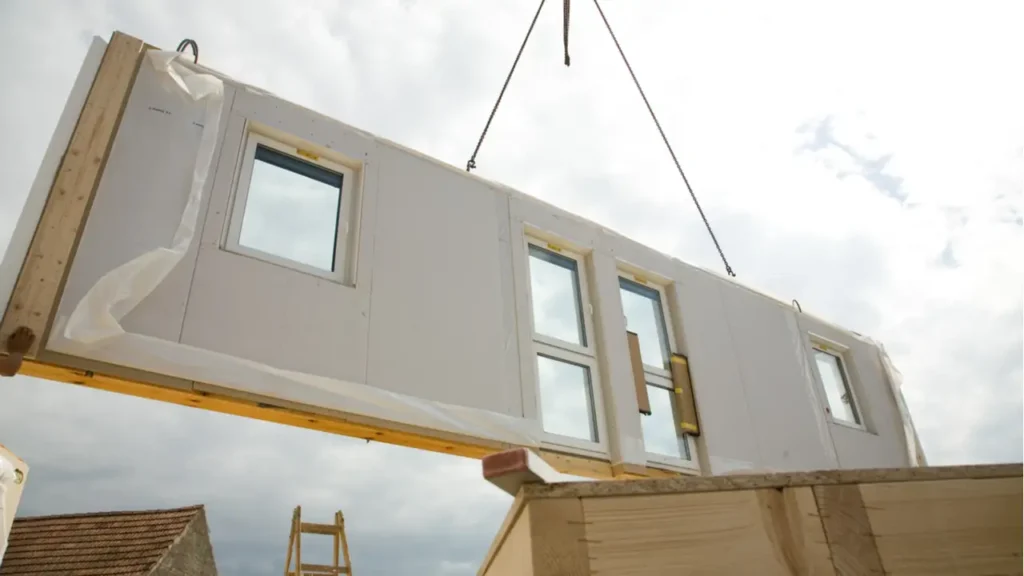
Source: bankrate.com
To fully grasp the financial implications of choosing between a modular and container home, we start by examining the initial expenses involved in each option.
Initial Costs and Setup
When comparing the initial costs, modular homes generally have a higher upfront investment than container homes. This is because the factory construction of modular homes involves extensive customization and the use of traditional building materials.
In contrast, the basic structure of a container home can be relatively inexpensive if one procures used or surplus containers. However, the cost to retrofit these containers for habitation can quickly escalate, depending on the complexity of the design and the standard of living one expects.
Speed and Efficiency of Construction
Modular homes shine in the category of construction efficiency. Since sections of the home are built in a factory, the assembly process on-site can be completed in a matter of weeks, significantly reducing labor costs.
For container homes, the time invested depends heavily on the extent of modifications and the DIY skills of the homeowner. If professional help is needed for cutting and welding, the cost and time could increase substantially.
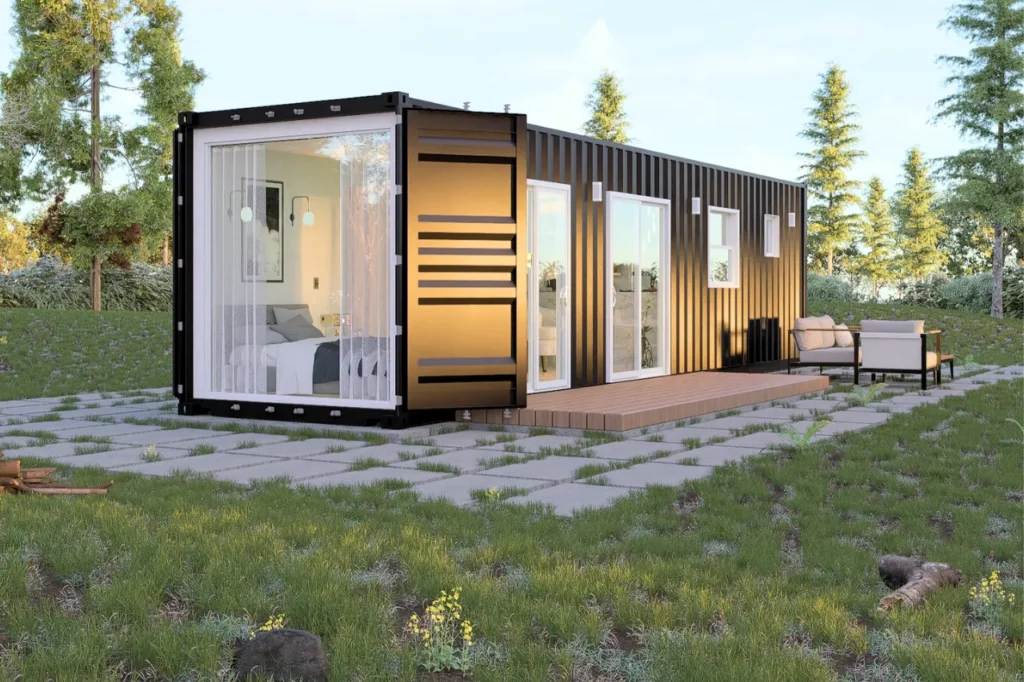
Source: lovecontainerhomes.com
Durability and Maintenance
Container homes boast exceptional durability, an inherent feature of their original use in shipping. They are designed to endure severe weather conditions and heavy loads, making them particularly suitable for regions prone to extreme weather.
Modular homes, while also durable, are built more like traditional homes and therefore require similar maintenance. Both types of homes will last many years if constructed and maintained properly.
Design Flexibility and Aesthetics
Modular homes typically offer more design flexibility compared to container homes. The constraints of a container’s shape and size can limit creative designs unless multiple containers are used, which can drive up costs. Modular homes, however, can be designed in various layouts and styles, accommodating more traditional house designs which might be more appealing to some homeowners.
User Experiences and Practical Considerations
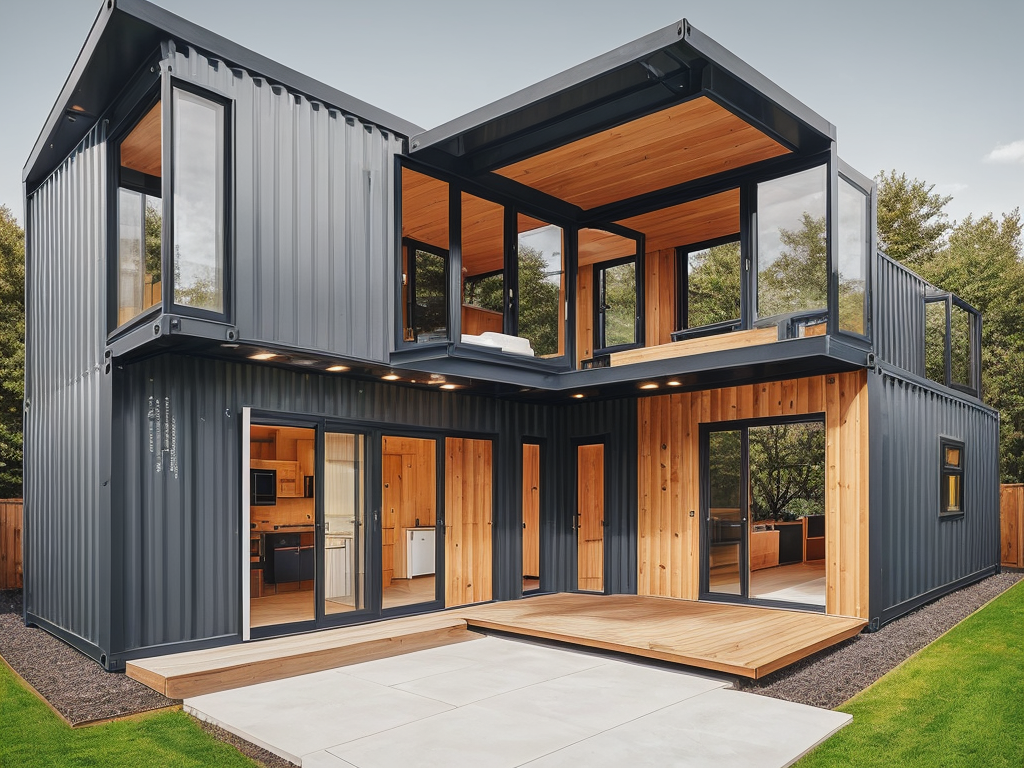
Source: indyzed.com
Exploring the DIY potential and required skills for building these homes is essential for assessing whether a modular or container home could be the right choice for your abilities and situation.
DIY Potential and Skill Requirements
The potential for DIY significantly affects the cost-effectiveness of container homes. Individuals with the ability to perform modifications themselves can save on labor costs, making container homes potentially more affordable. In contrast, modular homes, while requiring less on-site labor, generally need professional assembly, which can be less amenable to DIY.
Zoning and Regulatory Challenges
Both modular and container homes face zoning and building code challenges, but these can be more pronounced for container homes due to their unconventional nature. Navigating these regulations can incur additional costs in terms of time and money, potentially making modular homes a smoother and sometimes more cost-effective option.
Long-term Value and Cost
Considering long-term value, modular homes may appreciate similarly to traditional homes, especially if well-integrated into their neighborhoods and built to high standards. Container homes might not appreciate as much, depending on their acceptance in the local real estate market and their construction quality.
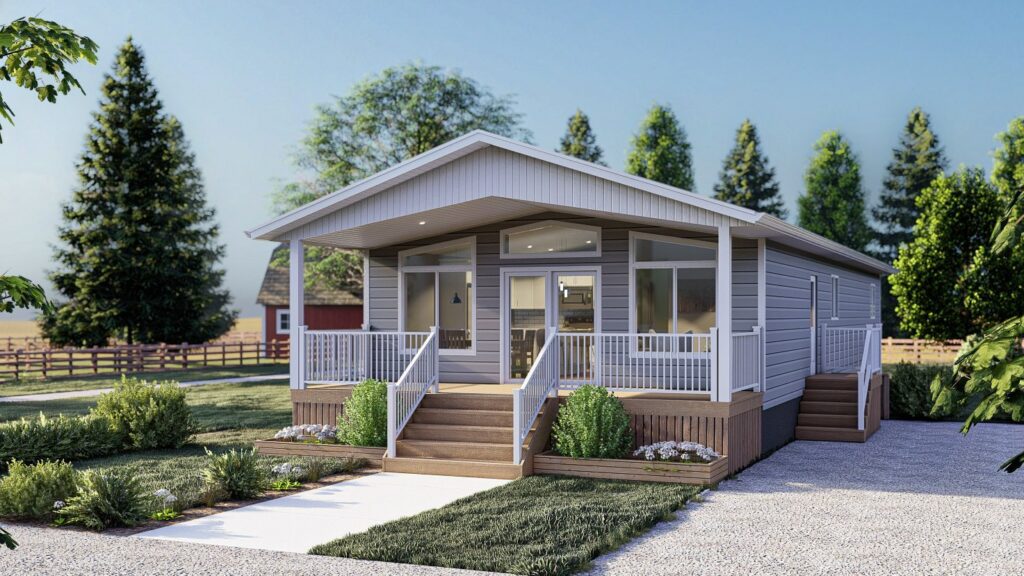
Source: homes.nlc.ca
Conclusion
Deciding between a modular home and a container home largely depends on individual needs, budget, and personal circumstances, including local building codes and market acceptance.
Modular homes offer faster build times and potentially higher resale values but come with higher initial costs. Container homes can be more affordable upfront and offer unique sustainability benefits but may require extensive modifications and face tougher zoning laws.
Both housing types promise significant cost savings over traditional construction methods, provided that one carefully considers all associated costs upfront. Consulting with professionals in the field, such as a modular home builder, can help clarify these costs and assist in making the most informed decision.
Ultimately, whether modular or container homes are more cost-effective will vary by individual project and location but exploring these options is an excellent step towards achieving an affordable and customized home.




